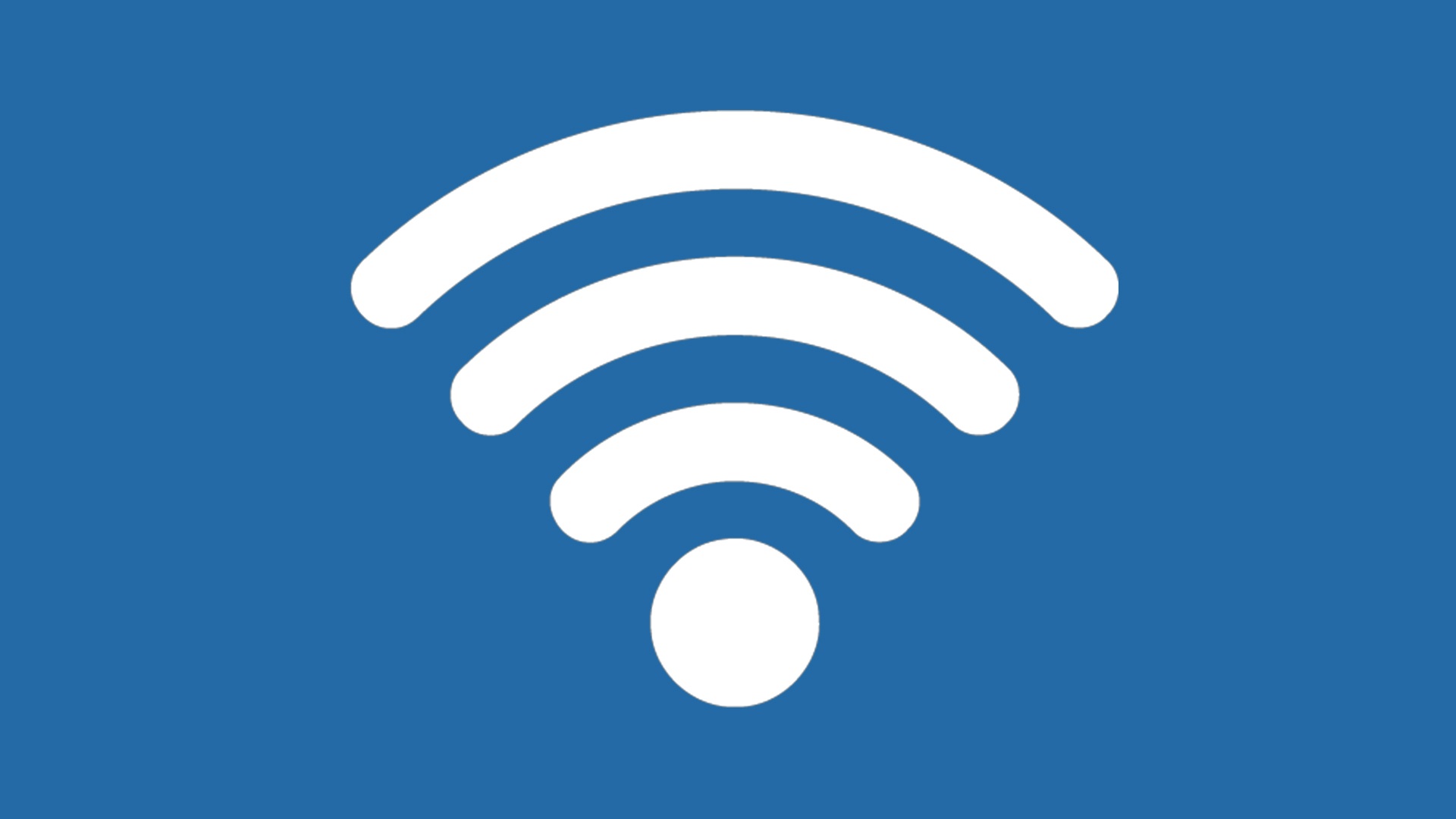Table of Contents
Difference Between Noise and Signal
In the context of electronics and communications, a signal is a representation of a piece of information that is transmitted from one place to another. A signal can be an electrical voltage, a sound wave, a light wave, or any other physical quantity that can be used to convey information.
Noise, on the other hand, is any unwanted or undesired disturbance that can interfere with the transmission or reception of a signal. Noise can be caused by various factors such as electrical interference, background radiation, or random fluctuations in the environment.
The difference between a signal and noise is that a signal carries meaningful information, while noise is an unwanted disturbance that can interfere with the transmission or interpretation of that information. In electronic systems, it is important to distinguish between the signal and the noise in order to accurately transmit and receive information. This can be done through various techniques such as filtering or error correction.
Similarities Between Noise and Signal
Both noise and signal can be represented as a waveform, which is a graphical representation of a fluctuating quantity over time. Noise and signal can both be analyzed using the same tools and techniques, such as the Fourier transform, which is a mathematical method used to decompose a waveform into its individual frequency components.
Another similarity between noise and signal is that they can both be quantified in terms of their power or intensity. The power of a noise or signal is a measure of the amount of energy it carries, and it is typically expressed in units of watts or decibels.
Another similarity between noise and signal is that they can both be affected by the same types of distortion or degradation. For example, both noise and signal can be affected by attenuation, which is the loss of strength or intensity as they travel through a medium. Both noise and signal can also be distorted by nonlinearities in the system that they are passing through.
In summary, noise and signal are similar in that they can both be represented as waveforms, analyzed using the same tools and techniques, and affected by the same types of distortion or degradation. However, the main difference between noise and signal is that noise is an unwanted disturbance, while a signal carries meaningful information.
What is Noise
Noise is any unwanted or undesired disturbance that can interfere with the transmission or reception of a signal. In the context of electronics and communications, noise can take many forms, such as electrical interference, background radiation, or random fluctuations in the environment.
There are several types of noise that can affect electronic systems, including thermal noise, shot noise, and flicker noise. Thermal noise, also known as Johnson-Nyquist noise, is caused by the random motion of electrons in a conductor and is inherent to all electronic devices. Shot noise is caused by the random fluctuation of the number of electrons passing through a conductor and is typically observed in electronic devices that operate at high frequencies. Flicker noise, also known as 1/f noise, is a type of low-frequency noise that is commonly observed in electronic devices and is characterized by a 1/f power spectral density.
Noise can have negative effects on electronic systems, such as degrading the quality of a signal or causing errors in the transmission of information. In order to minimize the impact of noise on electronic systems, various techniques can be used, such as filtering or error correction.
Different Types of Noises
There are many different types of noise that can affect electronic systems, and they can be classified in a number of ways. Here are a few examples of different types of noise:
- Thermal noise: also known as Johnson-Nyquist noise, this type of noise is caused by the random motion of electrons in a conductor and is inherent to all electronic devices.
- Shot noise: this type of noise is caused by the random fluctuation of the number of electrons passing through a conductor and is typically observed in electronic devices that operate at high frequencies.
- Flicker noise: also known as 1/f noise, this is a type of low-frequency noise that is commonly observed in electronic devices and is characterized by a 1/f power spectral density.
- Interference noise: this type of noise is caused by external sources, such as other electronic devices or electrical fields, that interfere with the transmission or reception of a signal.
- Quantization noise: this type of noise is introduced when a continuous signal is sampled and quantized, or converted into a digital representation.
- Crosstalk noise: this type of noise is caused by the coupling of signals between two or more channels or circuits, resulting in interference between the signals.
- Environmental noise: this type of noise is caused by external factors such as weather, temperature, or humidity, which can affect the transmission or reception of a signal.
- Human noise: this type of noise is caused by people, such as talking or moving around, and can interfere with the transmission or reception of a signal in environments such as offices or homes.
These are just a few examples of the many different types of noise that can affect electronic systems. Noise can have negative effects on the performance of these systems, and it is important to understand the different types of noise in order to minimize their impact.
What is Signal
A signal is a representation of a piece of information that is transmitted from one place to another. In the context of electronics and communications, a signal can be an electrical voltage, a sound wave, a light wave, or any other physical quantity that can be used to convey information.
Signals can be analog or digital. Analog signals are continuous and can take on any value within a certain range, while digital signals are discrete and can only take on a limited number of values.
Signals can be transmitted over various media, such as wire, optical fiber, or radio waves. They can also be processed and manipulated using various electronic devices and techniques, such as amplifiers, filters, and modulators.
The quality of a signal can be affected by various factors, such as noise, interference, and distortion. In order to accurately transmit and receive information, it is important to minimize the impact of these factors on the signal. This can be done through various techniques such as filtering, error correction, and signal processing.
Different Types of Signals
There are many different types of signals that can be used to transmit information in electronics and communications. Some examples of different types of signals include:
- Electrical signals: these are signals that are transmitted using electrical currents or voltages. Examples include analog signals, such as sinusoidal waves and square waves, and digital signals, such as pulse code modulation (PCM) and Manchester code.
- Optical signals: these are signals that are transmitted using light, such as infrared or visible light. Examples include modulated laser beams and LED signals.
- Acoustic signals: these are signals that are transmitted using sound waves, such as speech or music.
- Radio frequency (RF) signals: these are signals that are transmitted using electromagnetic waves in the radio frequency range, such as AM and FM radio signals.
- Mechanical signals: these are signals that are transmitted using physical motion or displacement, such as vibrations or movement of a mechanical component.
- Biomedical signals: these are signals that are related to the functioning of the human body, such as electrocardiograms (ECGs) or brain waves.
These are just a few examples of the many different types of signals that can be used to transmit information in electronics and communications. The choice of a particular type of signal will depend on the specific application and the characteristics of the medium through which the signal is transmitted.
Noise vs Signal
Noise and signal are two important concepts in the field of electronics and communications.
A signal is a representation of a piece of information that is transmitted from one place to another. A signal can be an electrical voltage, a sound wave, a light wave, or any other physical quantity that can be used to convey information. Signals can be analog or digital and can be transmitted over various media, such as wire, optical fiber, or radio waves.
Noise, on the other hand, is any unwanted or undesired disturbance that can interfere with the transmission or reception of a signal. Noise can take many forms, such as electrical interference, background radiation, or random fluctuations in the environment. There are several types of noise that can affect electronic systems, including thermal noise, shot noise, and flicker noise.
The main difference between noise and signal is that noise is an unwanted disturbance, while a signal carries meaningful information. In order to accurately transmit and receive information, it is important to distinguish between the signal and the noise and to minimize the impact of noise on the signal. This can be done through various techniques such as filtering, error correction, and signal processing.











